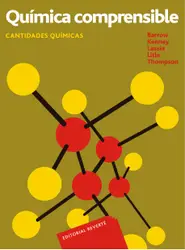What Is High Temperature Superconductivity
High-temperature superconductors are operatively defined as materials that behave as superconductors at temperatures above 77 K, the boiling point of liquid nitrogen, one of the simplest coolants in cryogenics. All materials currently known to conduct at ordinary pressures become superconducting at temperatures far below ambient, and therefore require cooling. The majority of high-temperature superconductors are ceramic materials. On the other hand, Metallic superconductors usually work below −200 °C: they are then called low-temperature superconductors. Metallic superconductors are also ordinary superconductors, since they were discovered and used before the high-temperature ones.
How You Will Benefit
(I) Insights, and validations about the following topics:
Chapter 1: High-temperature superconductivity
Chapter 2: Cooper pair
Chapter 3: Flux pumping
Chapter 4: Macroscopic quantum phenomena
Chapter 5: Mixed conductor
Chapter 6: Pseudogap
Chapter 7: SQUID
(II) Answering the public top questions about high temperature superconductivity.
(III) Real world examples for the usage of high temperature superconductivity in many fields.
(IV) 17 appendices to explain, briefly, 266 emerging technologies in each industry to have 360-degree full understanding of high temperature superconductivity' technologies.
Who This Book Is For
Professionals, undergraduate and graduate students, enthusiasts, hobbyists, and those who want to go beyond basic knowledge or information for any kind of high temperature superconductivity.
























